
OR
When rooftops, leaves and cars drenched in murky rain ...!
Published On: June 16, 2018 04:31 PM NPT By: KULCHAND PHOMBO | @@kulchandphombo
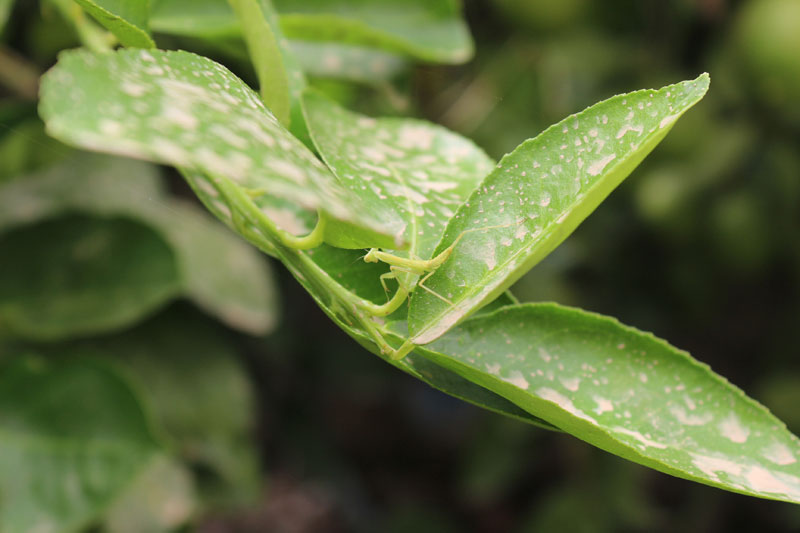
KATHMANDU, June 16: “The rooftop is full of murky water that got collected after rain. It used to normally be clean when it rained earlier. But this time….!”, complained Mira Shrestha, a local of Tribeni Tole in Suryabinayak Municipality-5, Bhaktapur on early Saturday.
When I and my child went out of the house, we found leaves of pumpkin, cucumber, beans and grass full of whitish dried dust particles fallen from the sky along with rain last night.
Fifty-year-old Champa Achhamai, a local of Suryabinayak Municipality-5, however, was not surprised by the murky rain. “The same kind of murky rain had occurred around this time five years ago,” she said, adding, “We had a good harvest then.”

The dried dust fallen along with the rain last night was spotted everywhere including tree leaves, grass and rooftops in Bhaktapur. Locals of Suryabinayak said they had never seen such kind of rain before.
Kanchha Bisunkhe, 76, a local of Suryabinayak Municipality-5, said that he had never seen such kind of muddy rain in his life before while some locals took it for a sign that something bad may happen in future.
Similarly, Lekhanath Guragain, a university teacher, was also aware of the murky rain and went on commenting that it has been caused by polluted air due to brick factories that are operating in various places in Bhaktapur district.
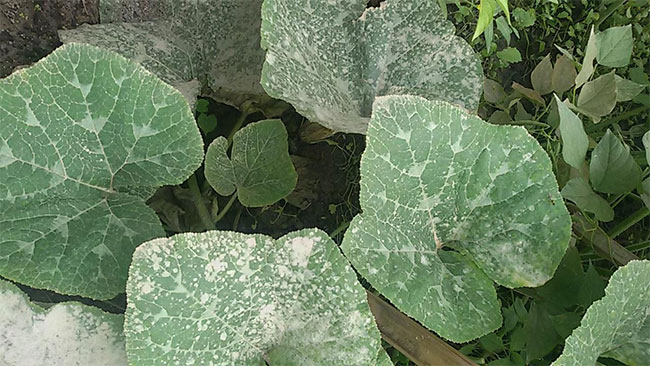
However, the murky water did not fall only in Bhaktapur district. The locals of Ilam district also witnessed the murky rain that fell on field, grass, tree leaves and railings of their houses on Friday night, our Ilam correspondent Bhim Chapagain reported.
The unprecedented murky rain worried the farmers most, leaving them in quandary whether the grass and leaves contaminated by the murky water could be safe for their livestock.
Bhanubhakta Acharya, a farmer from Chisapani, Ilam, was in dilemma whether to provide fodder to his cattle as it was full of dust (that) he found when he went out in the field to collect it. “Tree leaves and fields have turned dusty after the murky rain fell last night,” he said. “We are worried about whether this grass is safe for the cattle to eat.”
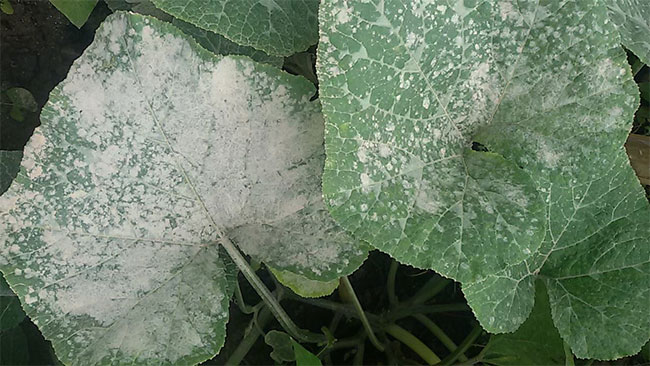
“The experts should tell us about it as soon as possible,” said Yogesh Raut of Ilam.” “If it continued in the days ahead it will be further problematic.”
Similarly, our Rupandehi correspondent Rekha Bhusal said that locals knew about the murky rain after they spotted dried up dust particles on bikes and cars parked in the parking lot on Friday night.
Bhairahawa-based Journalist Shambhu Pant shared that he was taken aback when his parked bike was found covered in mud at 9 pm on Friday.
The dusty wind blowing from Rajasthan of India had filled in the sky of the western Tarai districts including Rupandehi, Nawalparasi and Dang. When it started raining, the dust also fell along with the rain,” said Meteorologist Barun Paudel.
Locals have started sharing different views about the murky rain. The older generation has taken it for a bad sign while the meteorologists have said that the Indian dust and environmental pollution have resulted in the murky rain in Nepal.
The dusty wind blowing from Rajasthan of India and the internal pollution have caused this muddy rain, said Meteorologist Barun Paudel.
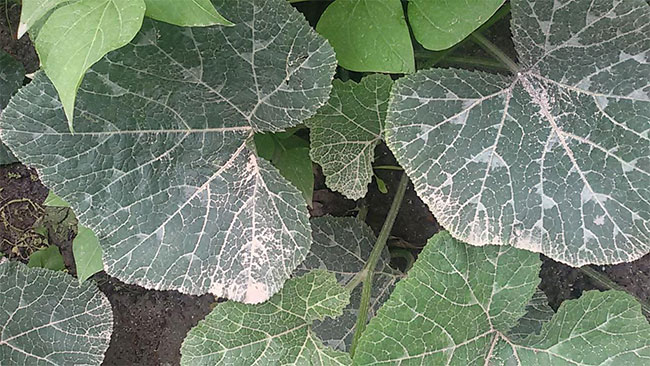
According to Meteorological Forecasting Division Kathmandu, this kind of rain did not only occur in Rupandehi but in almost all the western Tarai districts. According to Paudel, the dusty wind blowing from India had filled in the sky of the western Tarai districts including Rupandehi, Nawalparasi and Dang. When it started raining, the dust also fell along with the rain,” said Paudel.
According to Meteorologist Paudel rushing wind had blown in Rajasthan desert, Lucknow, Delhi since Wednesday night. The storm that started from Rajasthan of India had entered the western Nepal via Indian State of Uttar Pradesh since Thursday night.
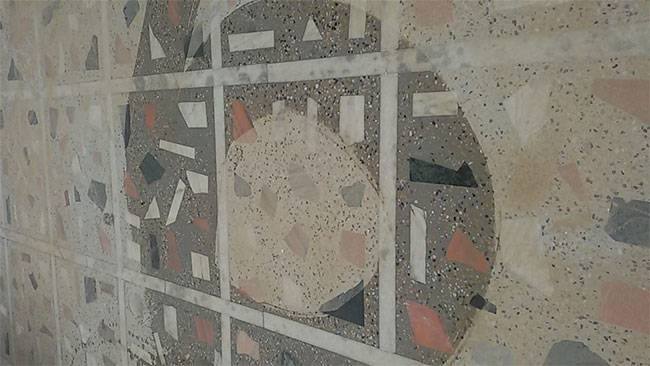
When the storm subsided, the rain began to fall along with the dust, said Paudel.
According to him, the amount of dust is found more in those districts with more pollution. Compared to Kathmandu, the amount of mud that fell along with the rain was higher in the western Tarai districts including Rupandehi.
There are many cement and brick factories in the periphery of Lumbini. They have not been equipped with pollution controlling mechanisms. As a result of it the smoke thrown out by the industries mixed up with the air in the sky of Lumbini, resulting in more murky rain in the vicinity, said Paudel.

This kind of rain mixed with harmful chemicals can be hazardous to human health and may cause skin allergy, said medical persons, suggesting people to keep off the rain as far as possible.
Even though the wind has stopped blowing from Indian desert, there is still dust in the Nepali sky and that the murky rain might continue even tonight, said Paudel. Paudel said he had never seen this type of unusual rain before.

Social media users also reported about murky rain in the eastern Tarai districts including Dharan and Itahari.
(With inputs from correspondents Rekha Bhusal and Bhim Chapagain)
You May Like This

Brazil midfielder Gustavo leaves Wolfsburg for Marseille
Brazil defensive midfielder Luiz Gustavo has joined France's Olympique Marseille with immediate effect after four years at VfL Wolfsburg, the... Read More...

Germany leaves without Neuer, Brandt for San Marino
FRANKFURT, Nov 9: Germany goalkeeper Manuel Neuer will miss the World Cup qualifiers against San Marino after feeling unwell shortly before the team's departure on Wednesday. ... Read More...
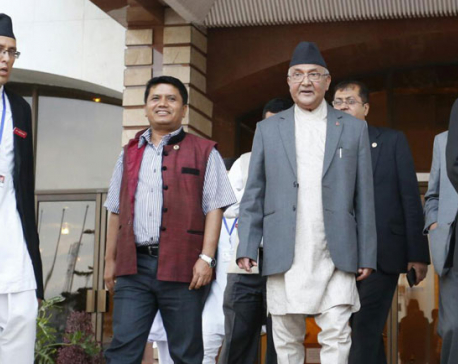
PM leaves top leaders, task force meeting
KATHMANDU, June 28: Prime Minister KP Sharma Oli has left the joint meeting between top leaders of major political parties... Read More...





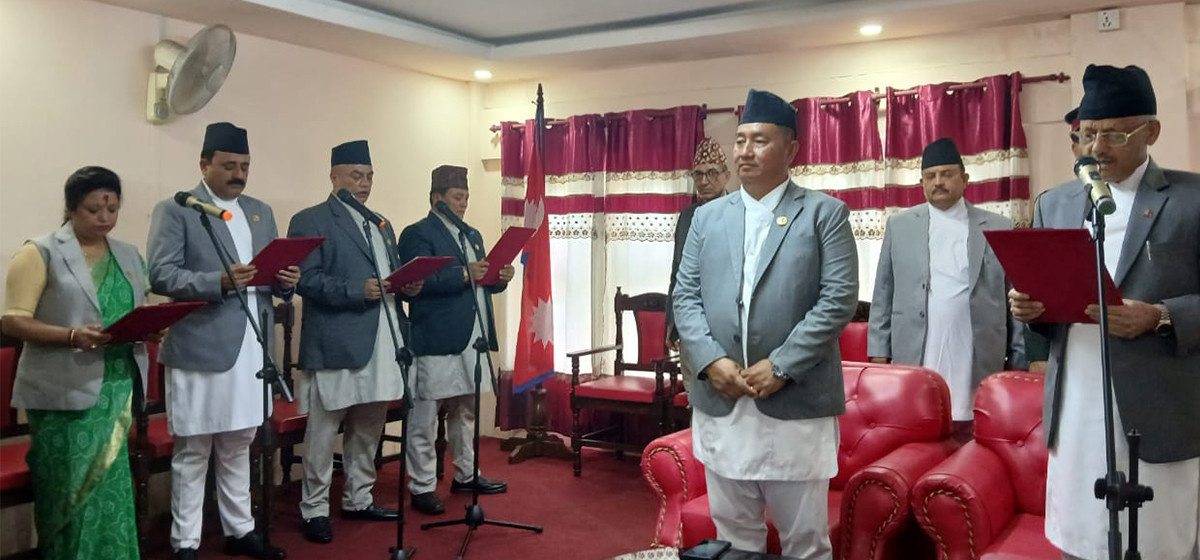
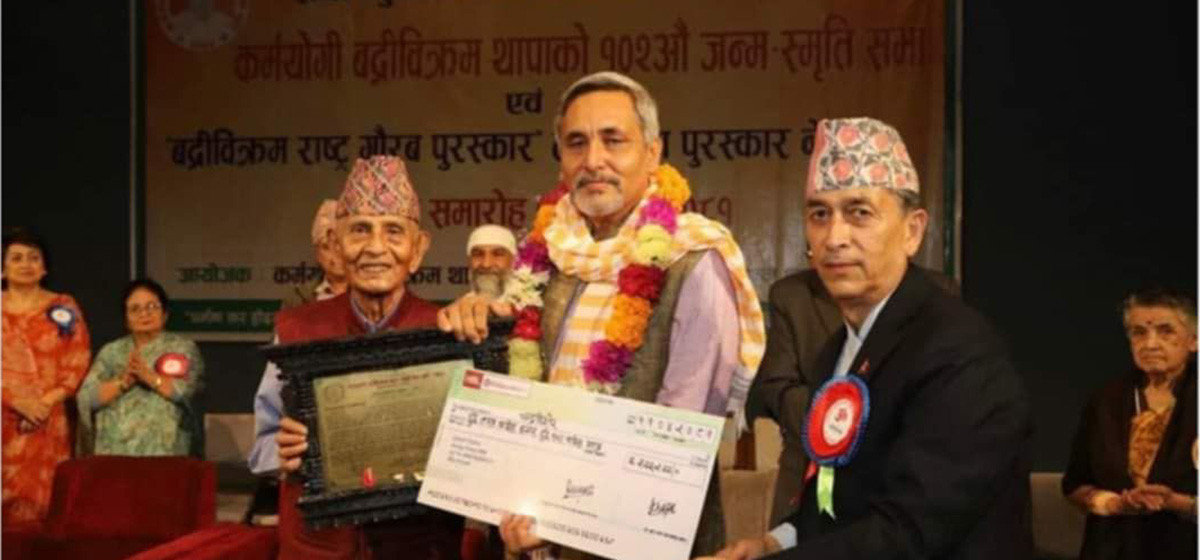
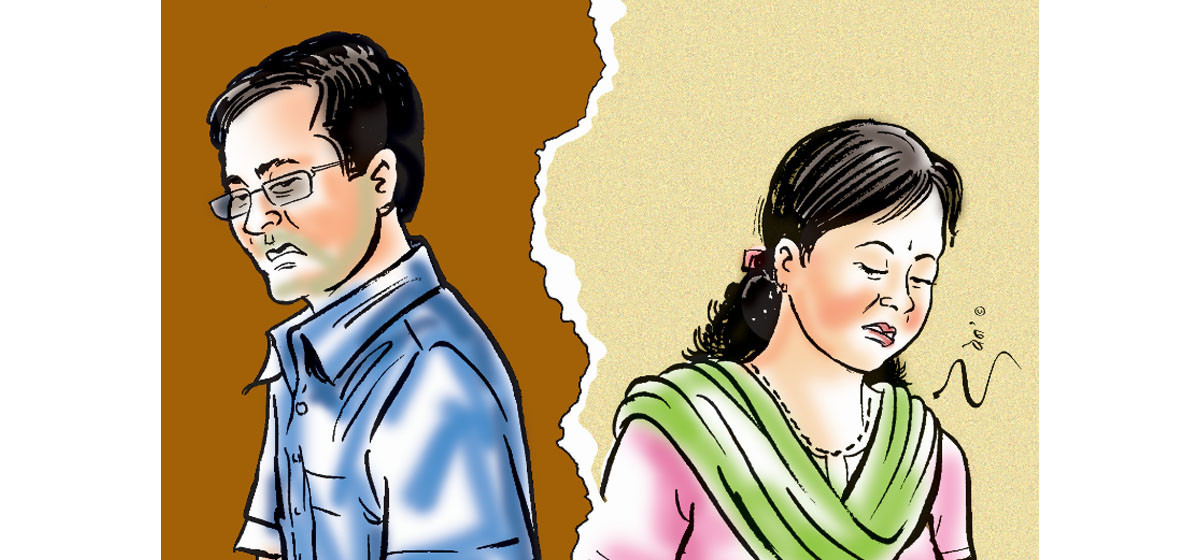
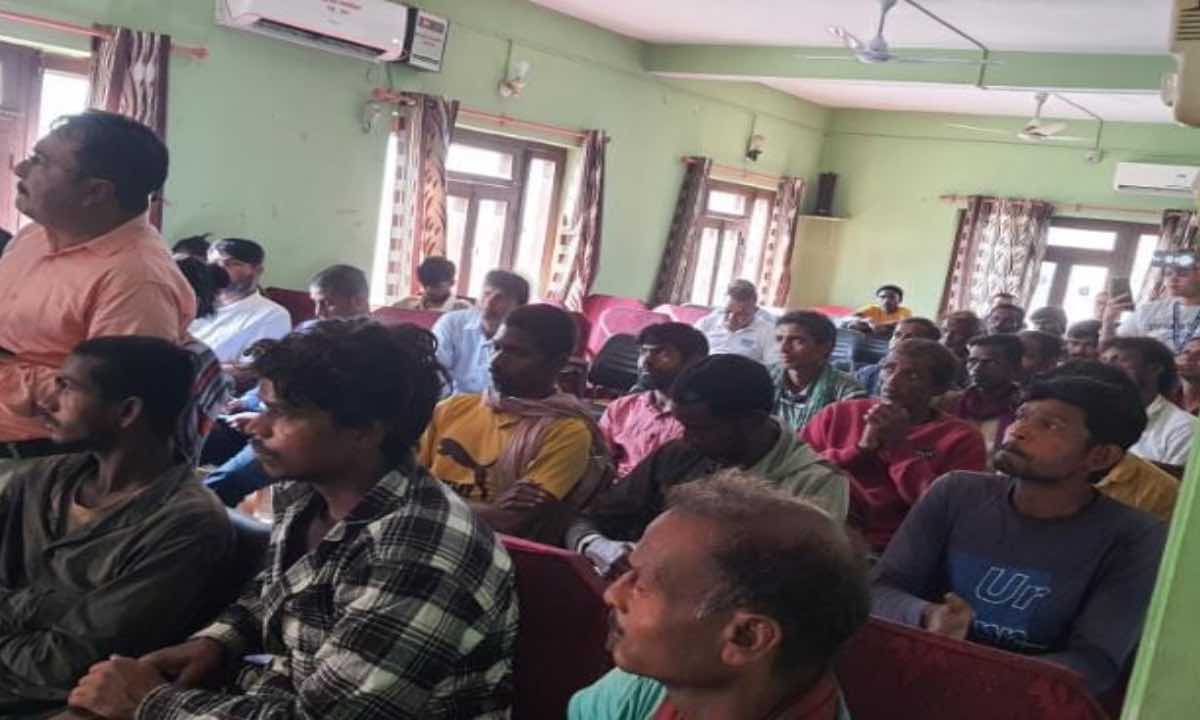
Just In
- Two children found infected with measles in Shuklaphanta
- Four NC ministers take oath of office and secrecy
- Dr Ruit and Journalist Chandra Kishore feted
- Kathmandu records highest number of divorce cases with 13 couples filing for divorce daily
- Rapid response team mobilized in Dhangadhi to contain cholera outbreak
- 28 workers held hostage in India rescued
- Simaltal bus accident: 40-kg magnet deployed to trace missing buses
- Youth of eight districts lead in foreign employment







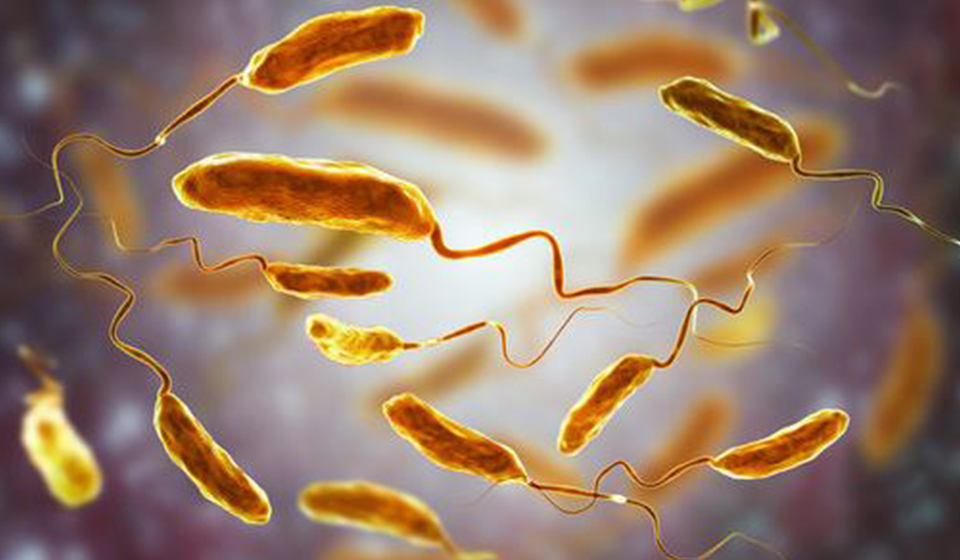
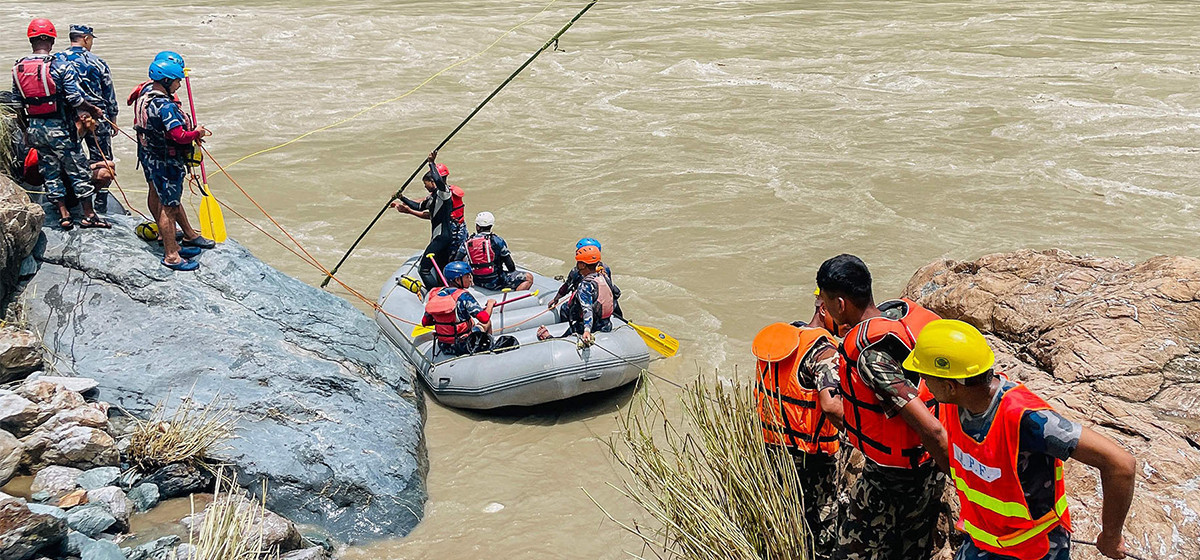
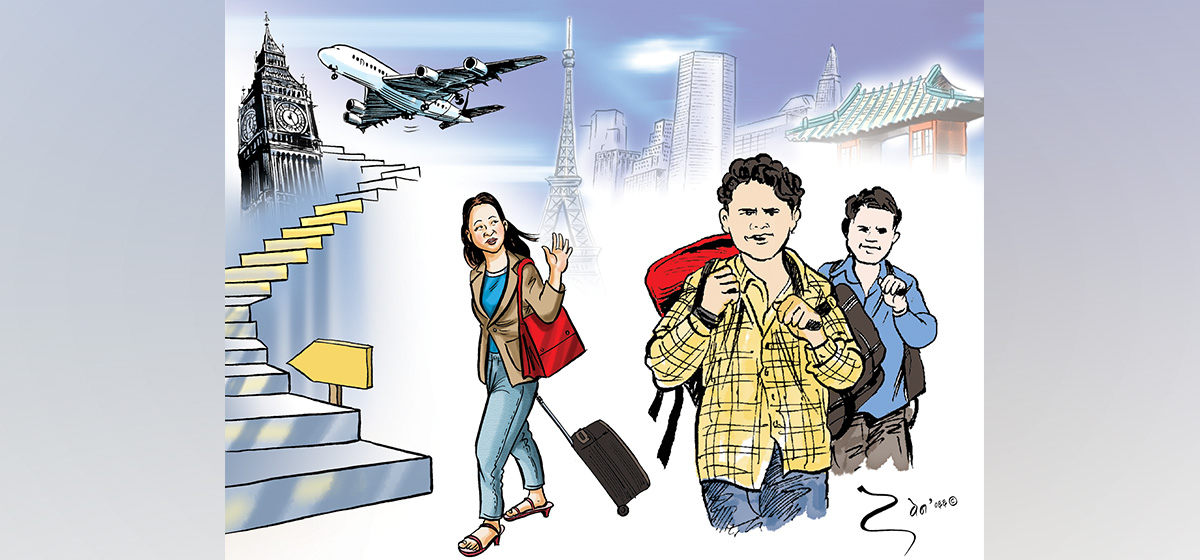
Leave A Comment